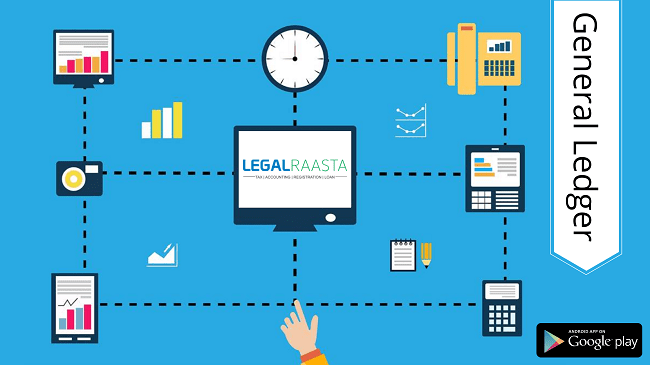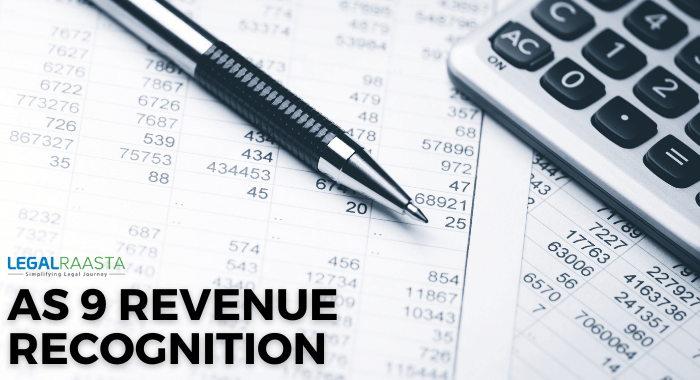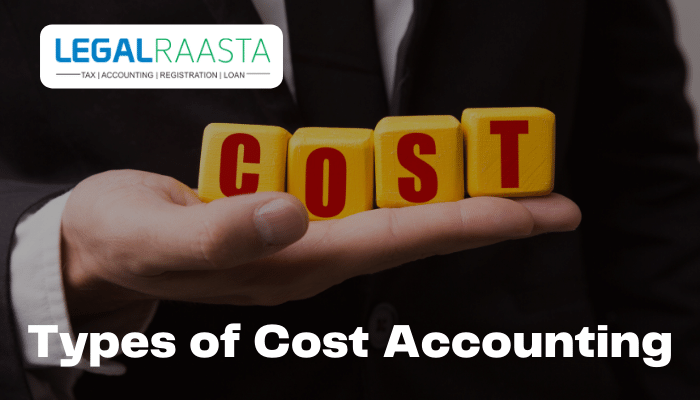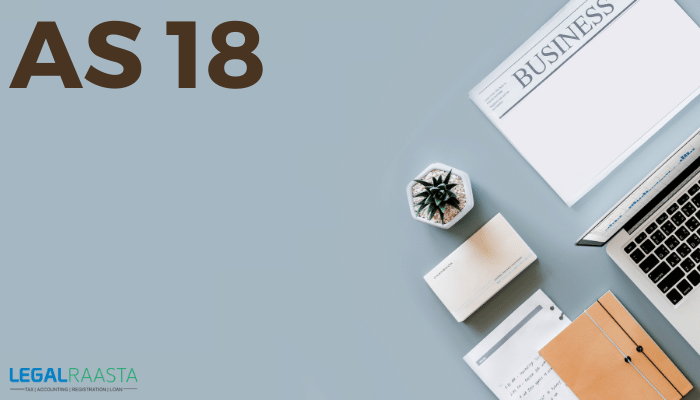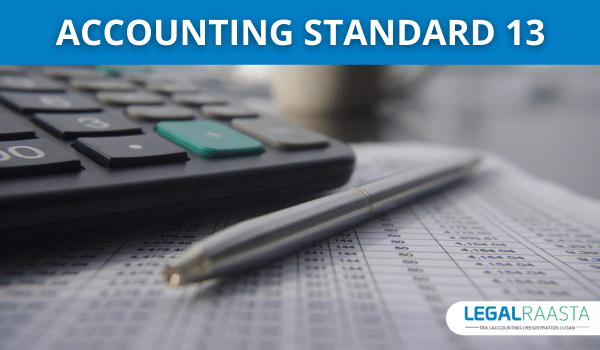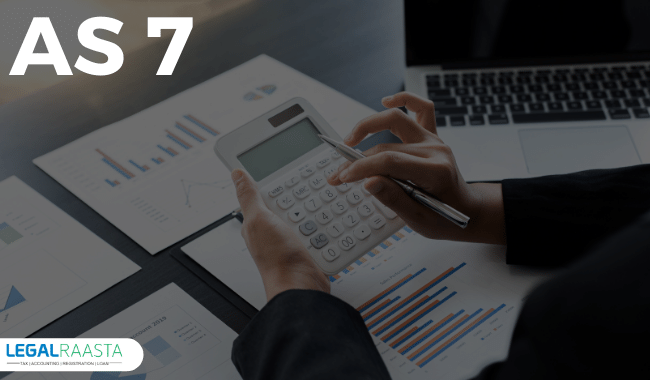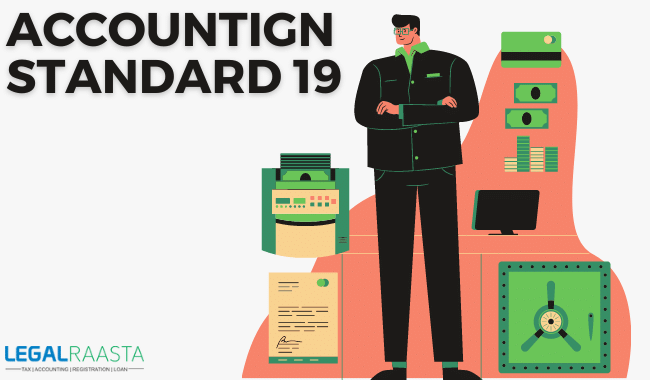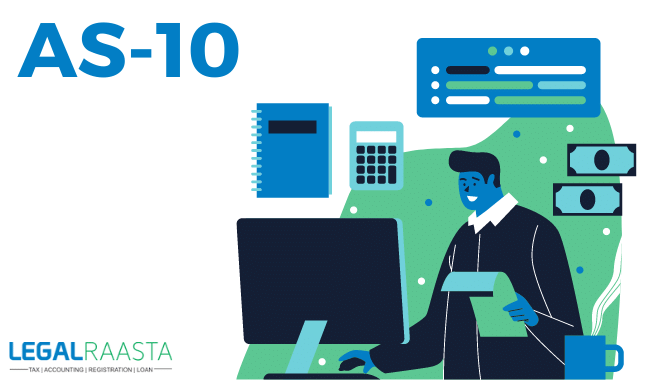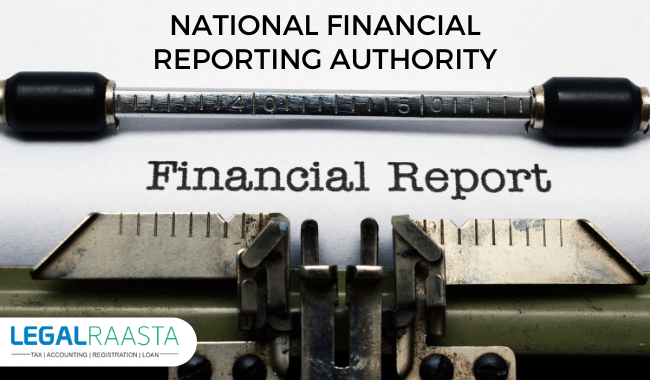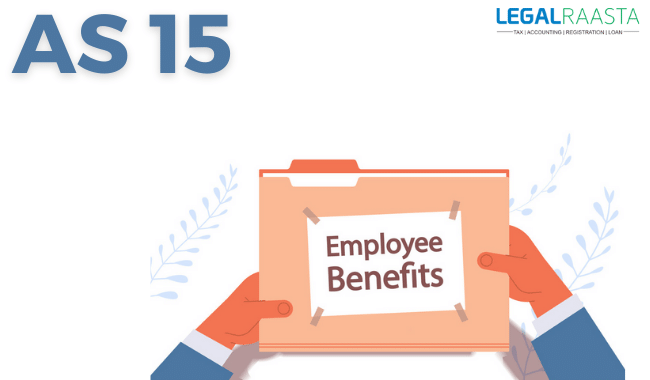Maintaining a General Ledger
A general ledger performs as a short summary of financial information about the company. The main motive of a general ledger is to show present balances in key areas. A general ledger must have four primary sections: Assets, Liabilities, Income, and Expenses. Assets comprise supplies and cash possess by the company. Liabilities comprise outstanding debt the company is in debt to suppliers or investors. Income comprises the total amount of money received by the business. Expenses are the costs of doing business, paying rent, employers, advertising, and other related items.
Let us clarify this conception with the following illustrations: We pay monthly billings for credit cards, mobile phones, electricity, etc. Over a phase of 1 year, we may want to scrutinize our expenses. We have designated all the bills in an isolated file, then we will have to find every bill monthly wise and then enter that head of payments and then dissimilitude the various expense. But this duty will be clarified if we categorize the bills according to the pertinent expenses and file them according to from the starting of the year.
Tools for keeping a correct general ledger
For each account title that appears on your sales and cash receipts journal trails and your cash expending journal columns, there is the general ledger account. There are also separate general ledger accounts for numerous items that don’t have their own sequence in the journals but are included in a “miscellaneous” row.
For instance; Cash, Accounts Receivable, Accounts Payable, Sales, Purchases, Telephone Expenses, and Owner’s Equity are all examples of the general ledger account. Your accounting software will put to one side space in the general ledger for every one of the general ledger accounts.
The separate entries in the general ledger are always from the entire columns of your assisting journals. When all journal entries are published, you can appear at the ending of the balance for each account. The total sum of allover general ledgers debit balance should always be equivalent to the total sum of all general ledgers credit balance.
Recommended general ledger accounts
We have offered a list of usual general ledger accounts many businesses find helpful. Depended upon your kind of business, you will utilize many, but in all probability not all, of these account’s names. When you put up your accounting software, you’ll want to comprise all appropriate accounts.
On your financial statements, they should normally be placed in the sequence order given.
Balance sheets account:
Assets:
- Petty cash (if you sustain a petty cash fund)
- Cash in examining (an individual ledger account for each one bank account)
- Cash in economizing.
- Accounts delinquent.
- Reservoir for bad debts.
- Directory.
- Prepaid expenses.
- Office contributes (if you sustain a notable amount of office supply inventory)
- Organization expense
- Vehicles
- Assembled devaluation – vehicles
- Furniture and fixtures
- Assembled devaluation – furniture and fixtures
- Appliances
- Assembled devaluation – equipment
Liabilities:
- Sales tax payable
- Federal withholding taxes payable
- Unearned income
- State withholding taxes payable
- FICA taxes payable
- Unemployment taxes payable
- Emanate wages
- Note payable
- Emanate income taxes
Capital Accounts:
- Owner’s equity
- Owner’s drawing account
- Common stock
- Additional paid-in capital
- Preferred stock
- Retained earnings
Income statement accounts
Income:
- Sales
- Incomes
- Sales discounts
- Investment income
- Gain on sale of assets
- Sales outcomes and allotments
Expenses:
- Purchases (if you purchase directory for resale)
- Consignment (if you purchase directory for resale)
- Purchase outcomes and allotments
- The esteem of goods sold: materials
- The merit of goods sold: labor
- Utility of goods sold: direct expenses
- Value of goods sold: indirect expenses
- Advertising
- Restitution
- Bad debt expenses
- Bank charges
- Charitable contributions
- Commission expenses
- Contract labor
- Credit card fee expenses
- Delivery expenses
- Devaluation expenses
- Dues and subscriptions
- Entertainment
- Income tax
- Insurances
- Interest expenses
Closing the books at the ending of the accounting period
However accounting has mainly present digital, the term “closing the books” pursues to stake around the accounting world. In the previous, the “books” mentioned the journals and ledgers that were utilized to keep tracking of all transactions.
To close these books merely meant making sure that total segments of information within a definite period (generally a month) were accounted for so that the information given in reports like the balance sheet and income statements would be correct for that period. The way accountants went about closing the books was a much more companion procedure in previous days, but the aim remains the exact same.
Closed books allow for correct reports. Accurate reports, in turn, assist you to run your business.
Although if you are not having financial statements arranged, you might need to close your books monthly. Sending out consumer statements, paying your suppliers, conciliating your bank statement, and capitulating sales tax reports to the state are very likely some of the tasks you have to do every month. You may find it easy to do these if you close your books.
How to enclose your books
Closing the books is a procedure generally act by an accountant. But a small business owner can take on the task by utilizing accounting software. The task is easier for the smaller company if there will be hardly any monthly proceedings. Accounting software may automatize some of the below-given steps.
Still, although if you ask your accountant to close your books for you, it’s necessary to understand the cardinal steps included so you know what to await from him or her. This article covers closing books that utilize double-entry bookkeeping considering that’s the most general system used by small businesses.
1. Convey Journal Entries to the General Ledger
The journal is the primary stage of entry of all proceedings. Journal entries are transmitted to the general ledger when they are posted to an account, such as accounts overdue.
To close the books, post the account entirely from your cash remittances and your sales, cash receipts journal to the expropriate general ledger account. Cash payments (also called “cash disbursements”) literally includes any payments made by cash, cheque, or electronic fund transfer. The same is true of your cash receipts journal, although this journal tracks inflows, not outflowing, of funds.
2. Summation of the General Ledger Accounts
By foothold the general ledger accounts, you will occur at a prefatory ending balance for each account.
3. Develop a prefatory trial balance.
Add all of the general ledger accounts ending balances altogether. Total debits should equal all credits. This will help convince you that your accounts balance is preparatory to make adjusting entries.
4. Enter Adjusting Journal Entries
Adjusting entries records items that are not illustrious in daily proceedings. These item includes assemblage (called as “accrual” in accounting) of real estate taxes or accretion of depreciation and required to be registered in order to close the books. Adjusting items are assembled in the general journal.
5. Make an Adjusted Trial Balance
Sum total your general ledger accounts again to take into account the adjusted entries from the last stride and then add them all together to make a new trial balance, making surety of your debits and credits are again equivalent. If they aren’t the same, go back and examine your work.
6. Prepare Financial Statements
After trailing down and correcting any of the trial balance errors, you (or your accountant) are ready to arrange a balance sheet and an income affirmation.
7. Arrange closing entries.
Get your general ledger to make ready for the lamented accounting phase by opening out the earnings and expense accounts, conveying the net incomes or loss to the possessor’s equity. This is done by developing journal entries that are known as closing entries in a general journal.
8. Create a Final Trial Balance
The closing trial balance depiction will only have balance sheet accounts as you have dragged out your earnings and outlay accounts in the last step. Once again, the total debits and credits should match. If they do, your general ledger account balances are accurate and you are all set for the later accounting period!
Also Read, Concept of Accounting standards- A Study
How Do You Arrange a Trial Balance?
To develop a trial balance, you will require the closing balances of the general ledger accounts. The trial balance is evolved after posting all financial happenings to the journals and summarize them on the ledger affirmations. The trial balance is made to make sure that the debits equal the credits in the scheme of accounts.
- Ahead you drew off with the trial balance, you have to make sure that every ledger account is properly balanced. The difference between the sum of all the debit entries and the total sum of all the credit entries issues the balance.
- Develop an eight-column worksheet column. The column headers must be for the account number, account name, and correlating columns for debit and credit balance.
- For each and every ledger account, transmit to the trial balance worksheet the account number and account name along with the account balance in the suitable debit or credit column
- Stand up the amounts of the debit columns and the credit column. Preferably, the totality should be the same in a without errors trial balance. When the totals are selfsame, you may close the trial balance.
Here are some examples of errors in the trial balance.
- Entries have been made twofold
- Exclusion of entries
- Entries have been created to a wrong account
- Transfiguring error
- A mistake in transmitting the balances to the trial balance
- Error in balancing the account
Example:
You’re arranging to close the books for the year ended December 31, 2011. You post sum total from the journals to the general ledger and edge the general ledger accounts. Then you develop the following prefatory trial balance, utilizing the balances from your general ledger accounts.
| DEBIT | CREDIT | |
| Cash in bank | 3,423 | |
| Accounts receivable | 11,400 | |
| Equipment | 42,900 | |
| Accumulated depr. equip. | 29,500 | |
| Buildings | 119,000 | |
| Accumulated depreciation building | 17,950 | |
| Land | 80,000 | |
| Accounts payable | 2,213 | |
| Payroll taxes payable | 2,567 | |
| Mortgage payable | 135,812 | |
| Capital | 59,823 | |
| Drawing account | 24,000 | |
| Sales | 332,462 | |
| Advertising | 18,900 | |
| Depreciation | 16,760 | |
| Insurance | 4,500 | |
| Interest expense | 12,421 | |
| Payroll taxes | 16,233 | |
| Property taxes | 4,989 | |
| Repairs and maintenance | 23,430 | |
| Utilities | 3,856 | |
| Wages | 198,515 | |
| 580,327 | 580,327 |
Detecting trial balance errors and Safekeeping a general journal
When arranging a trial balance, the entire debits must be equivalent to the total credits. Don’t be demoralized if they don’t. Bookkeeping errors happen. Just ruminate on the trial balance as a tool to observing the errors. Use the following given steps as a guide to trail down the error or errors.
- We assure the numbers on your trial balance are the exact same numbers given in your general ledger. Examine to see if you properly intimate amounts as debits or credits on your trial balance.
- Go backward to your journals and examine that the journal totals were properly posted to the general ledger. Were the absolute amounts posted? Were they nicely intimated as debits or credits?
- Go backward to each journal again. Look at the total that is posted to the general ledger. Do the sum total of debits equal the total credits in each journal?
- Is the dissimilarity dissoluble by nine? If it is, it could be a simple transubstantiate error
- Is the dissimilarity between debits and credits 1, 100, 1,000, 10,000, etc.? If so, it is very likely an addition or subtraction error.
- Divide the differentiation by two. Is the resulting number given on your trial balance? If so, examine to see if you have incorrectly intimated the amount as a debit or credit.
Refurbishing the general journal
The general journal is overall a two-column journal used for uncommon and annual accounting entries that are not registered in the sales and cash receipts and cash disbursement journals. Adjusting these entries and closing entries, made at the ending of an accounting period, are the most usual entries done in the general journal. The general journal is also utilized to record specialize proceedings that don’t get recorded in one of the constant journals.
For more details associated with accounting, e-invoice, you can log in to our website services LegalRaasta.Our expert team will assist you in each part related to Accounting & Bookkeeping, Company Registration, Trademark Registration, and its services relatable. You can download our app which is easy to access in android mobiles LegalRaasta APP. Also, you can give us a call at +91 8750008585 and feel free to send your query on Email: contact@legalraasta.com
Also Read:

